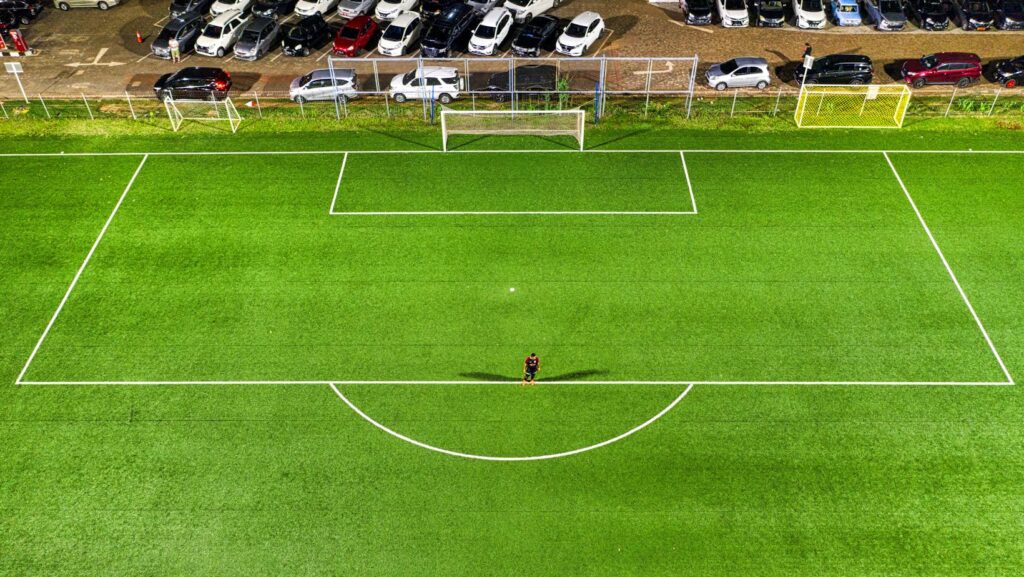In the high-stakes world of soccer, tactical analysis has become the secret weapon of many successful teams. It’s not just about the players’ skills or the coach’s strategies anymore; it’s about understanding the game’s intricate dynamics and exploiting them to gain an edge.
This article delves into the fascinating realm of tactical analysis in soccer, shedding light on how it’s changing the game we love. From dissecting the opponent’s gameplay to enhancing team performance, we’ll explore the nuances that make this tool indispensable in modern soccer.

Tactical Analysis Soccer
Tactical analysis, in the world of soccer, refers to the keen observation and study of distinct game strategies employed by teams and players. Think of it as a deep dive into the gameplay, examining everything from the formation used by teams to individual player movements. Itemized scrutiny of match events such as passes, shots, and tackles forms the crux of such an analysis. For instance, the number of successful passes made by a player or the frequency of shots on goal by a team, provide game-changing insights.
The Role of Data and Technology
Data and technology serve as the backbone in the quest to understand tactical analysis in soccer. Modern advancements have enabled the collection, storage, and interpretation of vast amounts of data from soccer matches. Video analysis software, GPS tracking systems, and performance analysis apps have emerged as prominent technologies in this realm. Performance metrics, captured by these technologies, paint precise pictures of player efficiencies, team strengths, and strategies. The era of data has indeed revolutionized the manner in which soccer is viewed, played, and analyzed.
To illustrate, consider GPS tracking systems. These devices quantify player movement during matches. Data such as distance run, sprints made, and speed reached enable these technological tools to equip teams with strategic insights. Teams can leverage this data to anticipate opposition strategies and bolster their own game plans.

Key Components of Soccer Tactics
Soccer tactics constitute an essential aspect of the game, providing teams with a structured approach to play and greater control over game outcomes. Among these tactics lie formations, player roles, and in-game adjustments, each contributing considerably to the success of team strategies.
Formations and Player Roles
One critical component of soccer is the formation. It defines the team’s structure on the field, dictating where players position themselves and how they engage with the game. For instance, a 4-4-2 formation indicates that there are four defenders, four midfielders, and two forwards. Each role carries specific tasks. Defenders fend off attacks, midfielders distribute the ball and control the tempo, and forwards attempt to score.
Aside from formation, player roles hold equal weight. Every player, depending on their position, possesses responsibilities significant to the team’s performance. Midfielders, for example, depending on their specific role—defensive, central, attacking—can control pace, create goal opportunities, or shield the defense.
In-game Tactics and Adjustments
On the field, it isn’t all about pre-set formations or roles. How a team responds to situational dynamics forms another crucial aspect of soccer tactics. Making on-the-spot adjustments helps the team exploit opportunities or cover weaknesses that emerge during the game.
One typical instance of in-game adjustment involves shifting the formation. If they’re trailing and need a boost in attacking, teams might shift from a conservative 5-3-2 formation to a more aggressive 4-3-3.
Similarly, substitutions represent a crucial tactical adjustment. Bringing fresh legs or introducing a player with a different skill set on the field can completely alter the game’s dynamic, provide a strategic advantage over the opponent, and potentially flip the game’s outcome.
Together, formations, player roles, and in-game adjustments represent the key elements of soccer tactics. That’s where tactical analysis becomes highly instrumental, helping teams review and refine their strategies, ultimately striving for excellence on the soccer field.
Tactical analysis in soccer isn’t just a trend—it’s an integral part of the game. It’s the secret weapon behind improved team performance, player development, and effective scouting. With the power to decode rival strategies and identify weaknesses, it’s transforming the way teams approach the game.

